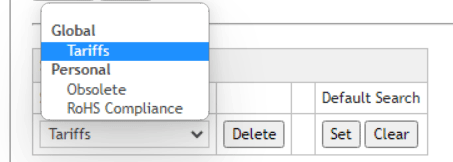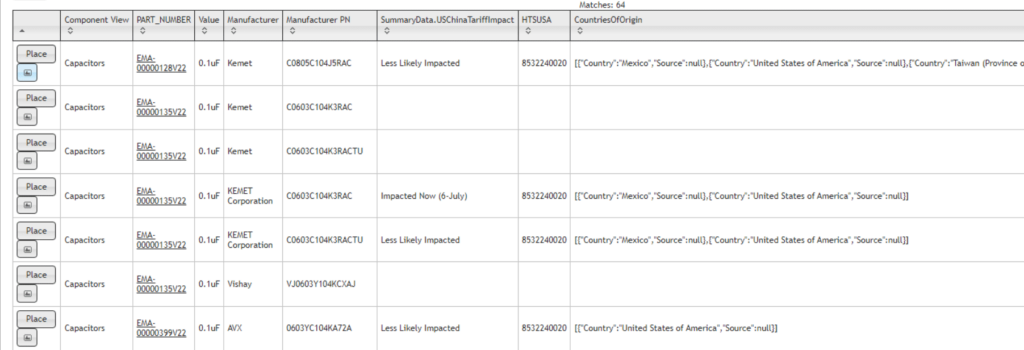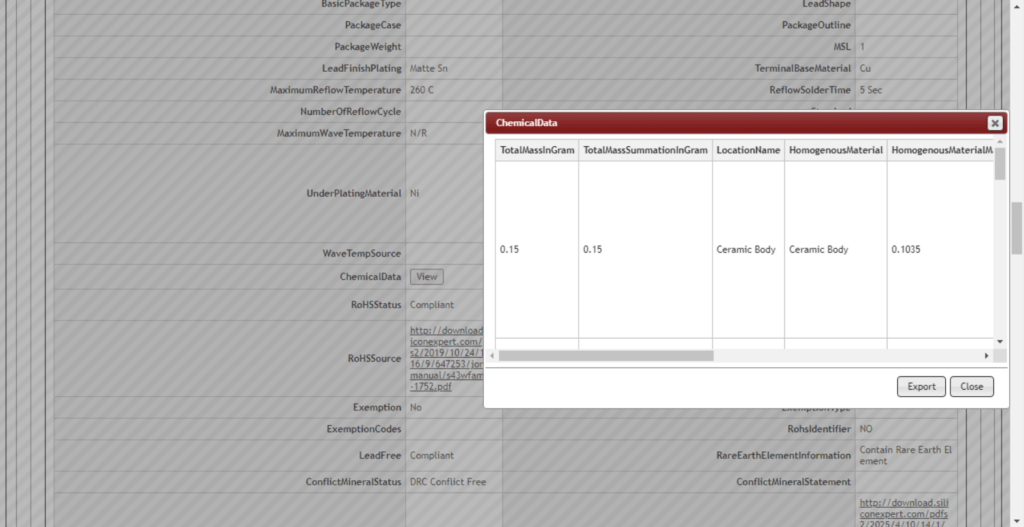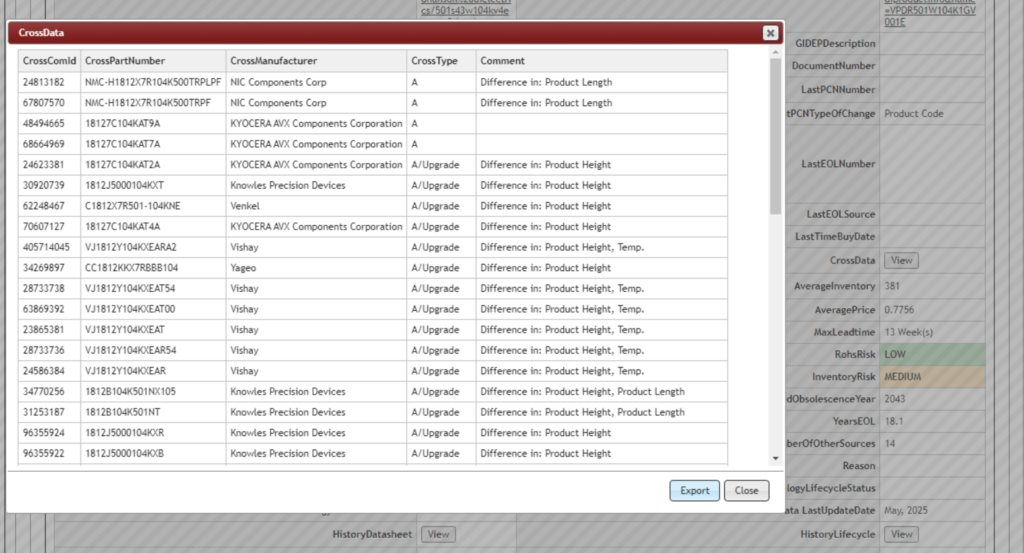Tariffs are the latest trend wreaking havoc on the electronic component supply chain. The ability to track tariffs during your part selection process and create a supply chain resilient part database will help minimize costs, reduce lead times, and mitigate component risk for your PCB designs. When selecting components the following tariff data should be analyzed:
- US/China Tariff Impact
- HTSUSA
- Countries of Origin
The CIP Compliance Module seamlessly integrates this data along with additional supply chain information directly from SiliconExpert, into your component database allowing designers to effortlessly track tariffs and supply chain issues.
This quick how-to will provide step-by-step instructions on how to track tariffs for your PCB designs using the CIP Compliance Module.
How-To Video
 Open in New Window
Open in New Window
Accessing Tariff and Supply Chain Information
Step 1: With OrCAD X Capture open, select CIP > Open CIP from the menu.
Step 2: Log in with your username and password.
Step 3: By default, the CIS DB Search window will be opened. If this is not visible, select CIS DB Search.
Configure a Search: Track Tariffs
Note: A saved search can be used to review tariff information during a component database search and part selection. Tariff information requires access to SiliconExpert through the Compliance Module in CIP. Get more information here.

Step 4: Under Parametric Field select the dropdown currently displayed as PART_NUMBER and select Value.
Step 5: Select the check box to Include Additional Fields in Search Results.
Step 6: Select the drop-down for the additional field and select Manufacturer.
Note: Begin typing the field on the keyboard to quickly find it in the drop-down selection.
Step 7: Select the + to add another additional field to the search criteria.
Step 8: Select the drop-down for the additional field and select Manufacturer PN then select the + to add another field to the search criteria.
Step 9: Select the drop-down for the additional field and select SummaryData.USChinaTariffImpact then select the + to add another field to the search criteria.
The US/China Tariff Impact field will display the probability that the component will be affected by tariffs. This result will be displayed as Not Likely Impacted, Less Likely Impacted, Probably Impacted, Impacted Now, etc.
Step 10: Select the drop-down for the additional field and select HTSUSA then select the + to add another field to the search criteria.
HTSUSA refers to the Harmonized Tariff Schedule of the United States. The Harmonized Tariff Schedule sets out the tariff rates and statistical categories for all merchandise imported into the United States. The HTS is based on the international Harmonized System, which is the global system of nomenclature applied to most world trade in goods.
Step 11: Select the drop-down for the additional field and select CountriesofOrigin.
The Countries of Origin displays where the component is produced and identifies which country carried out the last significant manufacturing process.
Note: Saved searches can be configured with any number of Parametric Fields and Additional Fields and return any fields included in CIP. Include additional Parametric Fields by selecting the + under Add/Remove.
Saving a Search

Step 12: Under Save a Search, name the search Tariffs.
Step 13: Select the checkbox for Global. This will make the saved search available for all team members within CIP.
Step 14: Select Save. The search has been saved successfully. Close out of the window.

Note: The saved search is now visible in the Select a Search section and can be used when performing future database searches.
Track Tariffs During Component Selection
Step 15: In the Parameter field, enter 0.1uF to search for capacitors in your component database that have a value of 0.1uF or equivalent.
Step 16: Select Search.

Step 17: Scroll down to view the search results. The returned results include the type of component, the part number, the additional fields defined, the ability to preview the schematic symbol, and the ability to place the symbol in the schematic. This provides a high-level overview of critical parameters during part selection to ensure components selected are minimally affected by tariffs.
Step 18: Select a part number to view more information about the component.

Step 19: Scroll down to review additional supply chain information from SiliconExpert data in CIP. Under ChemicalData, select View to review the Materials Declaration.
Step 20: Close the Materials Declaration.

Step 21: Under CrossData, select View.
Step 22: View the alternate components. Here you can view the cross grade, similarities, and differences.
Step 23: Close the Crosses.
Note: Within the component view in CIP, you can assign alternate manufacturers and distributors to create a relational database, determine where the component is used, and more.
Wrap Up & Next Steps
Track tariffs and supply chain disruptions to create a supply chain resilient part database, streamline purchasing, and reduce costs with the CIP Compliance Module. Learn more about creating and managing a centralized part database with CIP here.
Learn how to analyze supply chain information for your database and during part selection with the CIP Compliance Module.
